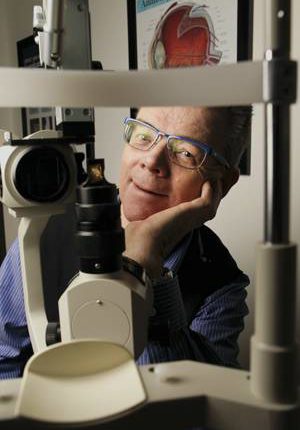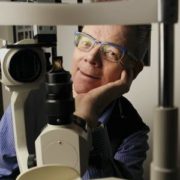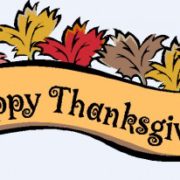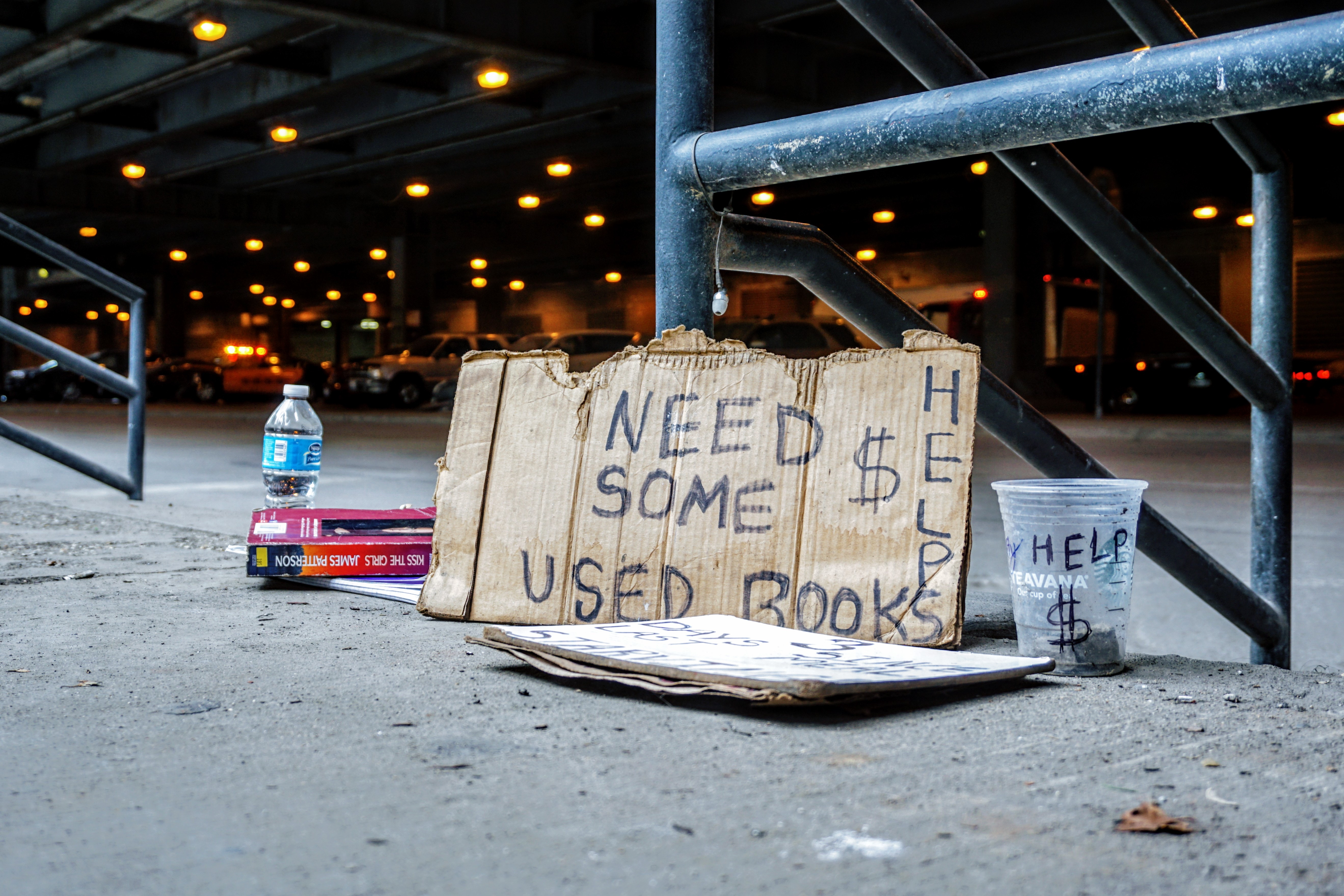Modeling the New Retirementality

Meet Per Karlqvist, optician, business owner, husband, father of two daughters, granddad of two, golfer, traveler, and socially-active septuagenarian – and a model of the new retirement mentality that is slowly taking hold in our culture.
I met Per for coffee this week after hearing some intriguing parts of his story from his son-in-law who I met for the first time in a golf foursome I played with a few weeks ago. As his son-in-law spoke proudly of how Per inspired him, had helped his golf game and of how Per had essentially shunned traditional retirement and “re-started” a business career in his late sixties, I knew I needed to meet him and dig into the details.
A native of Sweden, trained there as an optician, Per and his wife came to the U.S. in 1974, where he obtained a green card and worked as an optician in New York state, Chicago and then Ft. Morgan, Colorado before taking the bold step to start his own optical business in Denver in 1979. (He and his wife achieved dual citizenship in 2012.)
Trim, athletic in appearance, dressed younger than his years and, as you’d expect, fashionably bespectacled, Per leaves no doubt of well-above-average energy and vitality for his age group.
I wanted to take the conversation to their lifestyle because I already knew it was a bit different than that of other 70-year-olds that I know. But first, I needed to understand the story behind Per’s return to Denver and his business restart.
It unfolds like this: Per had built a very successful optometry/optician business in Denver and decided to sell it to an interested optometrist a few years ago. He and his wife then decided on a change of scenery and moved to Jacksonville, Florida where, rather than join the ranks of the Florida-retired, he began a sales job with an optical supply company. After a year, they apparently had had enough of Florida and decided to return to Colorado. Fortunately, the optical company he sold for had an open sales position in Colorado and he was able to continue in that role in Denver for another year.
Then the story took an interesting twist. The optometrist who bought his business abruptly walked away from it and left the keys to the building with the bank (I’m sure there’s more to that story but Per diplomatically spared me the details).
Per negotiated with the bank and took it back, no doubt at a favorable cost relative to what he had sold it for.
But there was a caveat attached to this re-start.
One of his daughters, who had worked in his business for a number of years in front office admin jobs through high school had decided to follow in her father’s footsteps, somewhat, and was studying to earn her Doctor of Optometry (O.D.) degree.
He took the business back with a commitment from her that she would join him in the business, help him rebuild it and eventually take it over.
 And that’s where it is now. His daughter is full-time as an O.D. in the practice as his partner, joined by another part-time O.D. and with Per as the head optician along with a couple of other opticians. The business is off and flying again – in fact, in the midst of a major remodel and expansion of their current facility with Per committing 50 hours a week in dual roles as the head optician and overseer of the renovation project.
And that’s where it is now. His daughter is full-time as an O.D. in the practice as his partner, joined by another part-time O.D. and with Per as the head optician along with a couple of other opticians. The business is off and flying again – in fact, in the midst of a major remodel and expansion of their current facility with Per committing 50 hours a week in dual roles as the head optician and overseer of the renovation project.
A balanced semi-retirement lifestyle.
Per confirmed my expectation that he would have a nuanced view of retirement. Having sped on past the age 65 guidepost, I’m not sure that retirement is a concept that Per has given much thought to at all. Certainly, the thought of an “off-the-cliff” transition from vocation-to-vacation doesn’t resonate with him.
In many ways, Per is acting out the new retirement mentality. He is a model for the vitality and contribution that those in the “third act” of life can continue to bring to our society but that is so often sacrificed at the age-65-altar of winding down, withdrawing and withering away.
Per appears to be in the semi-retirement mold wherein he balances a very healthy combination of work, family, leisure, travel and social engagement.
While he is currently working 50 hours a week in his business because of the renovation project, he expects to transition to 20 hours a week or so and spend more time with the other dimensions of his life, especially travel which he and his wife enjoy.
A 3-year old granddaughter and a 2 1/2-year-old grandson will no doubt also benefit greatly from that balanced lifestyle.
The thing I appreciate the most about Per’s attitude and approach to this third stage of life is his commitment to paying forward by combining his energy with his natural talents and acquired skills and experience for the benefit of others by rebuilding a family business that should thrive and live on beyond his life.
I hope to get a chance to play golf with Per someday soon to learn even more about his background and what drives him so that I can share even more of his example with others.
Oh, and judging from the golf swing his son-in-law has developed with his help, I stand to gain doing something with my embarrassing 22.7 handicap.







 So, lacking an appropriate AA chapter for this, I’m putting myself into a self-designed rehab.
So, lacking an appropriate AA chapter for this, I’m putting myself into a self-designed rehab.
 be sitting here lamenting my decline into dementia regretting having never read a book since high school or college graduation, which is the case for 38% and 42% or our population respectively. But it feels good to know I’m in the 5% of our population that reads 95% of the books.
be sitting here lamenting my decline into dementia regretting having never read a book since high school or college graduation, which is the case for 38% and 42% or our population respectively. But it feels good to know I’m in the 5% of our population that reads 95% of the books.


 And that same gatekeeper has discovered plant-based meals that are even tastier than the traditional meat- and chicken-based meals that were standard fare for us for years. Amazing what can be done with different combinations of vegetables and healthy spices.
And that same gatekeeper has discovered plant-based meals that are even tastier than the traditional meat- and chicken-based meals that were standard fare for us for years. Amazing what can be done with different combinations of vegetables and healthy spices.
 Truthfully, this formula for looking as good as you can and feeling better than most for your age is so incredibly simple – eat right and exercise. But I’ll be the first to confess it’s incredibly difficult because of the habit changes that it entails. Plus neither activity scores real high on the fun scale.
Truthfully, this formula for looking as good as you can and feeling better than most for your age is so incredibly simple – eat right and exercise. But I’ll be the first to confess it’s incredibly difficult because of the habit changes that it entails. Plus neither activity scores real high on the fun scale.